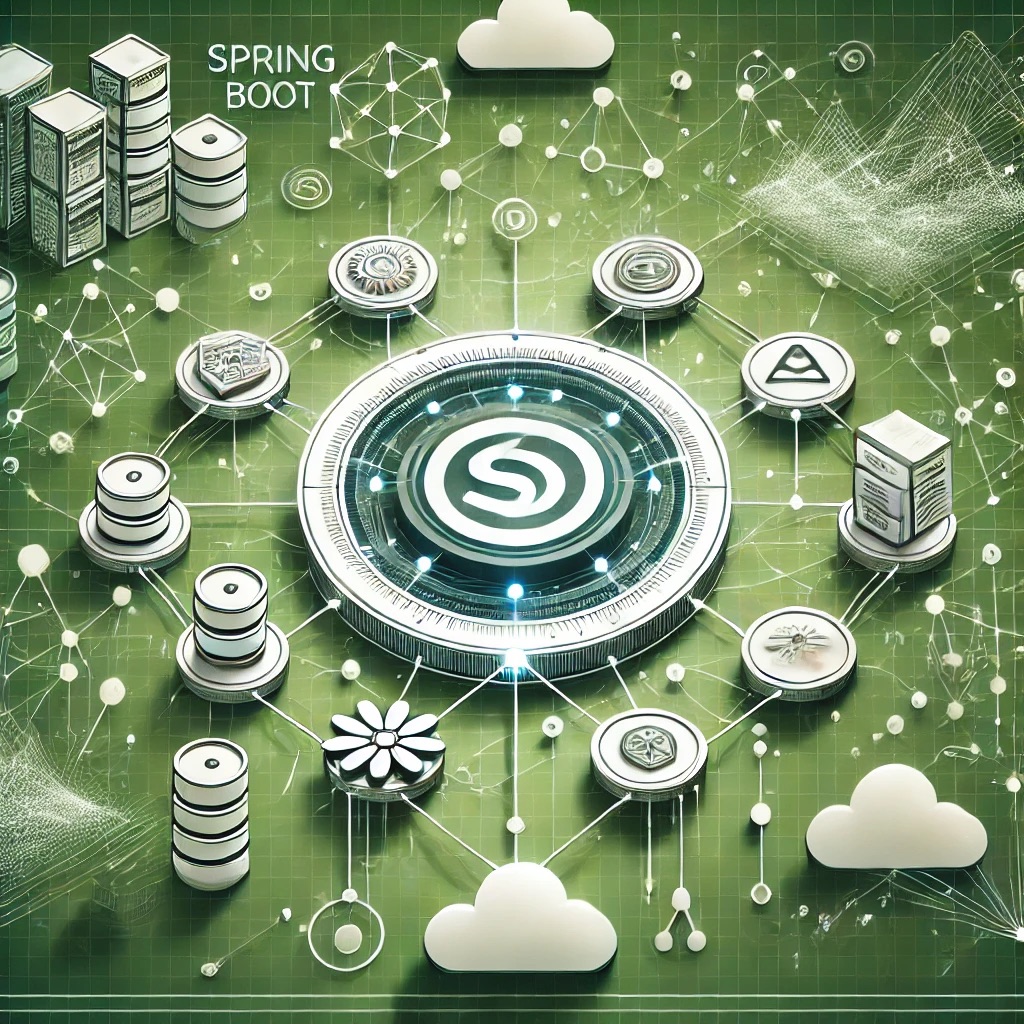Understanding IBM Watson Studio Architecture
Key Components and Their Roles
Watson Studio is part of IBM's Cloud Pak for Data ecosystem. It supports Jupyter notebooks, AutoAI, SPSS Modeler, and containerized model deployment via Watson Machine Learning (WML). Understanding how these components interconnect is vital for debugging.
- Watson Machine Learning (WML): Hosts and serves models through REST APIs.
- Watson Studio: Interactive environment for building and training models.
- Data Refinery / DSX: Preprocessing pipeline connected to Object Storage or DB2.
Common Integration Points
Watson Studio heavily depends on IBM Cloud Object Storage, IAM permissions, WML service instances, and Kubernetes under the hood. Misalignments in any of these layers can cause invisible breaks in pipeline execution and model lifecycle automation.
Common Yet Overlooked Problems
1. Deployment Stuck in Pending or Failed State
This issue often arises during model promotion from staging to production environments. Logs show ambiguous errors or IAM-related permission denials.
# Check deployment logs ibmcloud ml deployment-list ibmcloud ml deployment-get --deployment-id <id>
Root Cause:
Missing service bindings between Watson Studio and Watson Machine Learning, or incorrect IAM roles assigned to the user/project.
2. AutoAI Fails During Experiment Run
AutoAI may abort midway, often with a vague error like 'Pipeline run failed'. This is generally linked to underlying storage access errors or Spark kernel provisioning delays.
# View storage diagnostics ibmcloud cos bucket-location --bucket <your-bucket> ibmcloud cos bucket-policy --bucket <your-bucket>
3. Model Version Conflicts During Re-deployment
When CI/CD pipelines attempt to redeploy existing models using the same name, Watson Machine Learning may reject the operation due to conflicting metadata.
# Check model versioning ibmcloud ml model-list # Remove old versions explicitly if needed ibmcloud ml model-delete --model-id <id>
Diagnosing Issues with Detailed Logging
Enable Debug Mode
Set environment variables to enable verbose logging for WML CLI and notebook APIs:
export WML_LOG_LEVEL=DEBUG export WML_VERBOSE=true
Fetch Kernel Logs
If notebook cells hang or fail without feedback, the issue may lie in the runtime kernel deployment.
# Access environment logs ibmcloud ml environment-list ibmcloud ml environment-get --environment-id <id>
Architectural Pitfalls in Large Deployments
IAM Policy Fragmentation
In multi-team settings, IAM roles are often scattered or over-segmented. This leads to edge cases where users can create models but not deploy them, or access data but not metadata.
Over-reliance on AutoAI Without Overrides
AutoAI's automation is powerful, but it may skip domain-specific constraints. Without pipeline customization, it may produce non-reproducible results or invalid configurations under non-default data schemas.
Storage Token Expiry
Watson Studio uses temporary authorization tokens to access cloud object storage. In long-running training jobs, these tokens may expire, causing hard-to-trace failures.
Step-by-Step Fixes
1. Rebind Services and Update IAM Roles
# Ensure project and services are bound ibmcloud resource service-instance-bind --name watson-studio ibmcloud iam role-assignments --user <email>
2. Refresh Expired Credentials
# Reauthenticate storage ibmcloud cos credential-create --name new-creds --service-id service-id
3. Clean Up Model Registry
# Delete stale deployments and models ibmcloud ml deployment-delete --deployment-id <id> ibmcloud ml model-delete --model-id <id>
Best Practices for Stability and Scalability
- Automate IAM role provisioning using Terraform or IBM Schematics.
- Always isolate projects by team and service instance to prevent resource leaks.
- Use model metadata versioning to track promotion across environments.
- Integrate with GitOps-based workflows for reproducibility.
- Schedule token refresh logic in long-running batch jobs.
Conclusion
IBM Watson Studio, while powerful, requires deliberate architectural planning and proactive diagnostics to operate reliably at enterprise scale. From IAM role alignment to automated model lifecycle management, addressing these complex, underreported challenges ensures smoother operations and effective collaboration across teams. By integrating strong observability practices, standardizing deployments, and reinforcing identity management, engineering leaders can leverage Watson Studio to its fullest potential.
FAQs
1. Why do my Watson Studio notebooks randomly lose kernel connections?
This is often due to idle kernel timeouts or resource quota exhaustion in the runtime environment. Consider increasing runtime settings or auto-restart scripts.
2. How can I avoid version conflicts when promoting models?
Implement a CI pipeline that checks model version IDs and uses aliases or tags for safe promotion. Avoid using the same name for different semantic versions.
3. What are best practices for IAM in Watson Studio?
Use group-based policies, avoid overlapping roles, and periodically audit assignments. Assign minimum required permissions and automate provisioning.
4. Can I deploy Watson Studio workloads on-premises?
Yes, via IBM Cloud Pak for Data. However, be prepared for additional Kubernetes management, license configuration, and custom networking.
5. How do I debug AutoAI failures?
Access detailed pipeline logs from the AutoAI UI, verify input schema integrity, and ensure storage credentials are valid throughout the experiment lifecycle.




